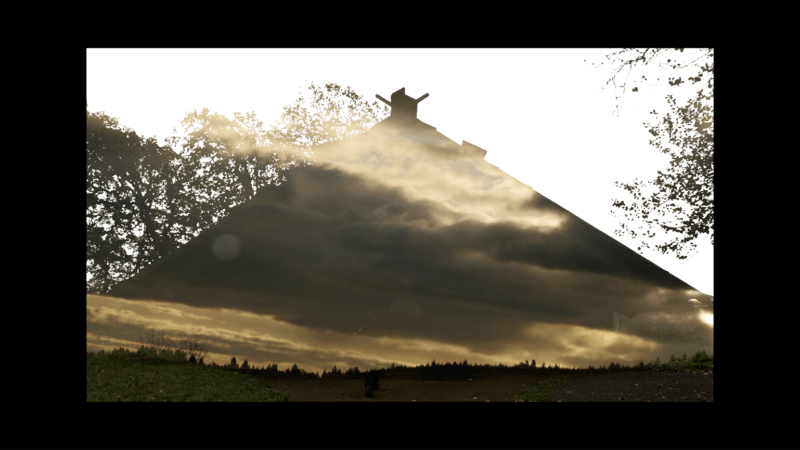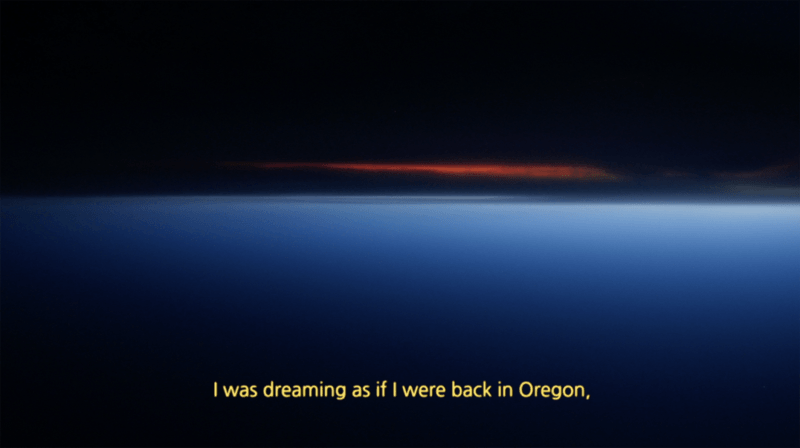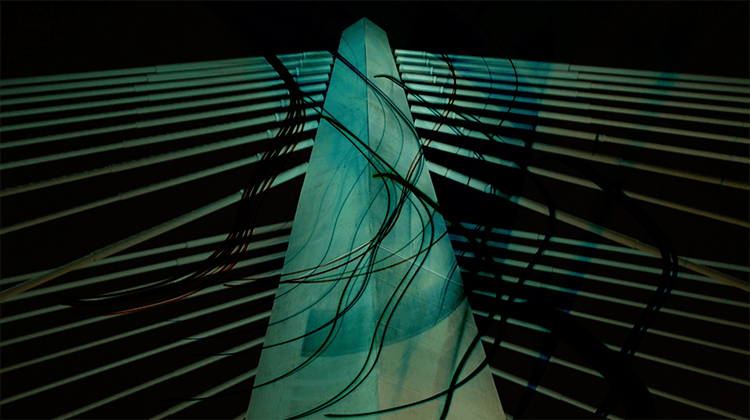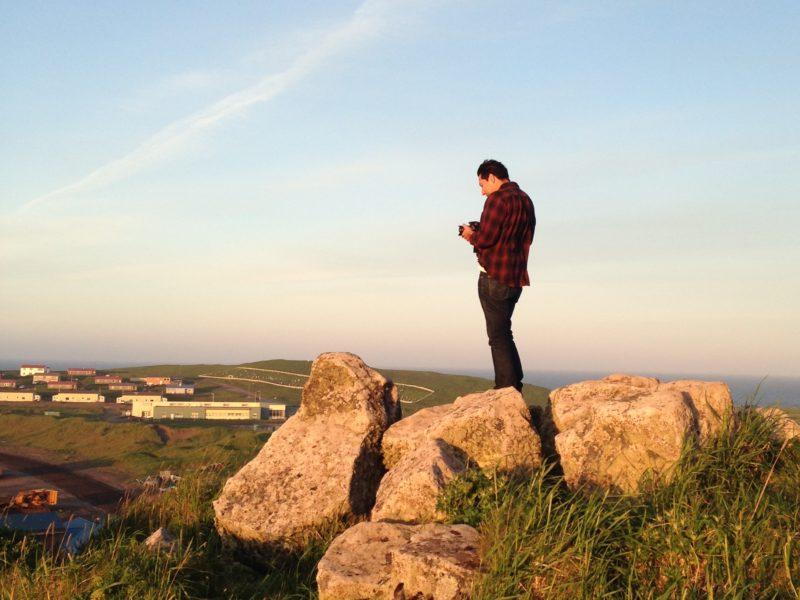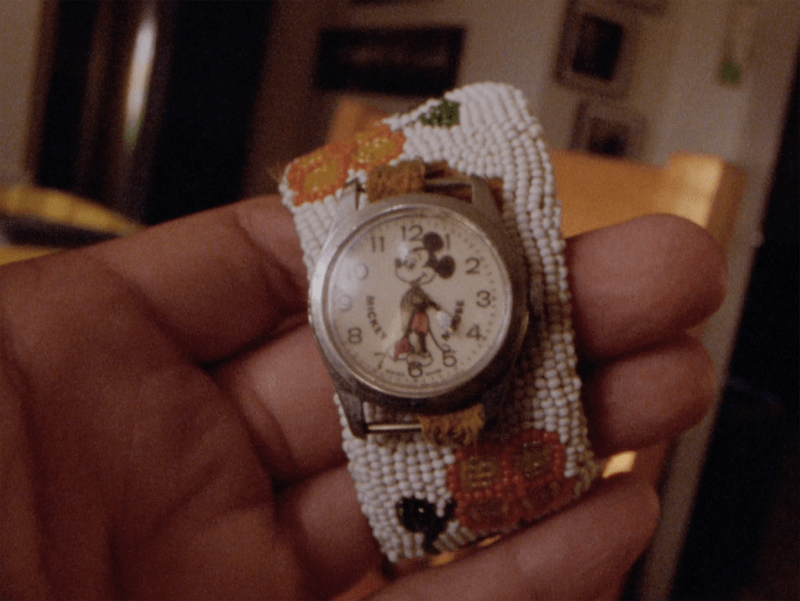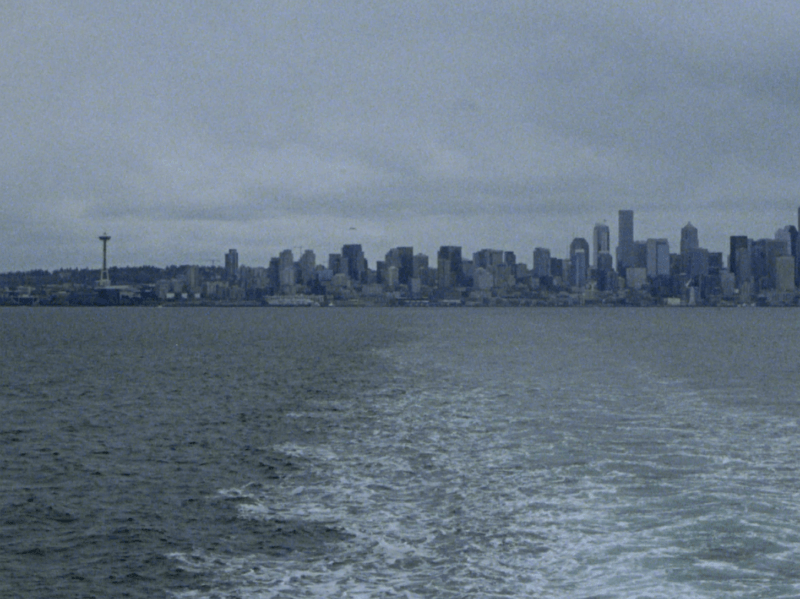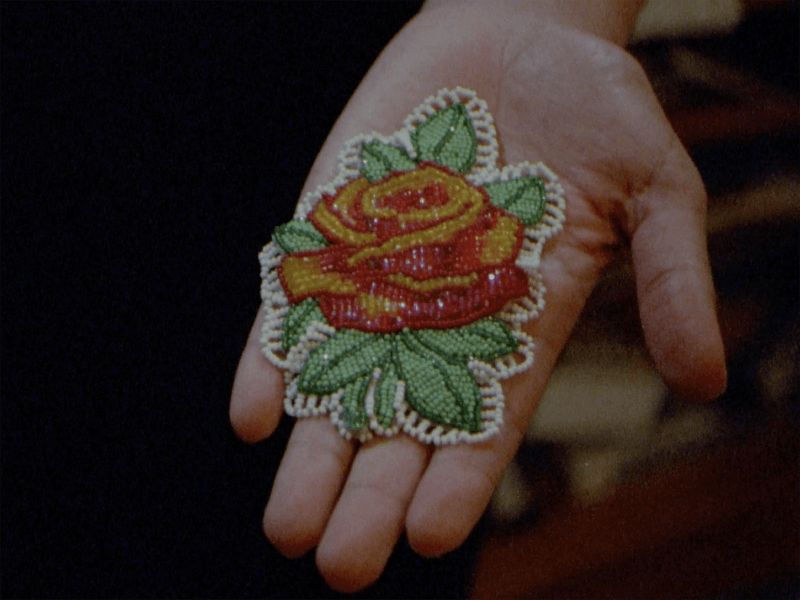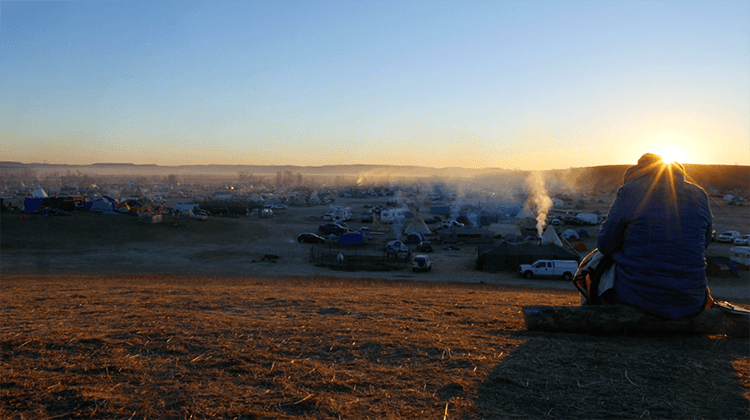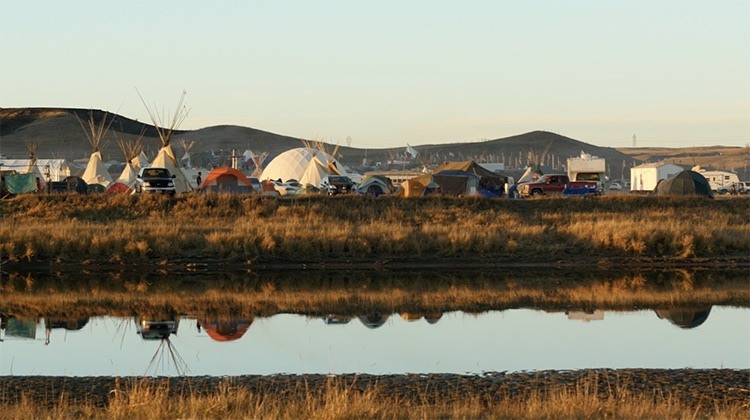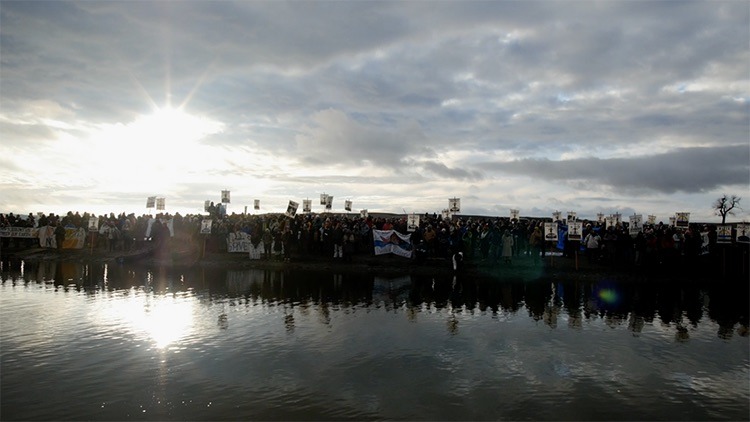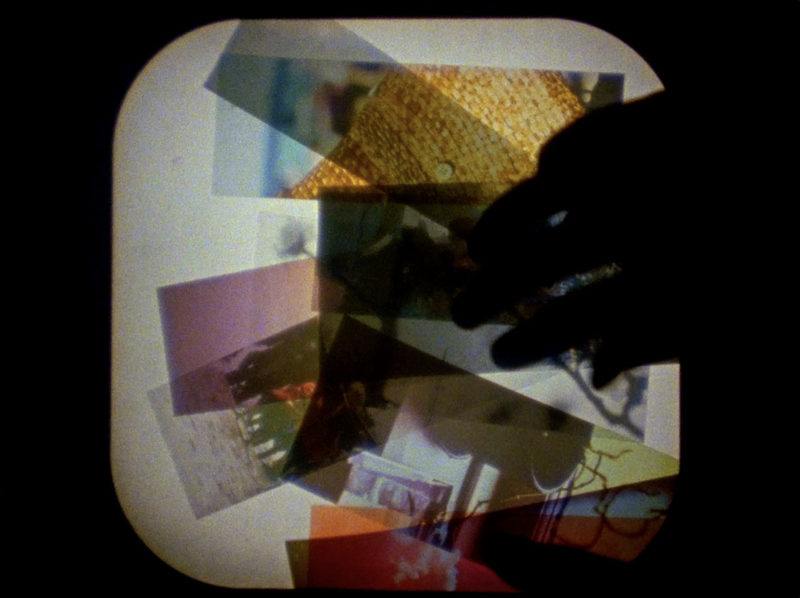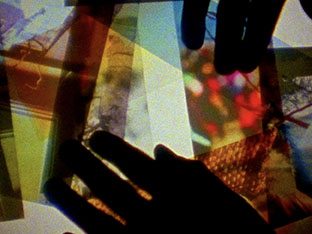Big Question
What Does it Mean to be a Visitor?
Sky Hopinka questions how to share experiences without explaining them.
Interview by Anaïs Duplan
Cloudless Blue Egress of Summer was filmed at Castillo de San Marcos, or Fort Marion, where the boarding school system for the United States was born. It’s a dungeon, a prison, a fort. The path to the indigenous people in this country becoming “citizens” began with incarceration. How do I move through these spaces in a way that’s respectful of history? There’s another short film I want to make called Anti-Objects, or Space Without Path or Boundaries, where I guide a viewer through a space, not to teach them about what it is, but rather, to share with them my experience of moving through that space. I don’t want to be an authority on the history of Fort Marion, or moving through a landscape that once was Chinook. I’m hoping to be the filter for this information, rather than being an authority. How can I be respectful of the people who agree to participate in these works? It’s about inviting an audience to become comfortable with not knowing and to not feel they’re not missing out. It’s okay to sit in a space of unknowing, uncertainty, lack of information: “I think I know” versus the feeling “I should know.”
It’s like inviting an audience to become comfortable with not knowing. It’s okay to sit in that space of unknowing, uncertainty, or lack of information. It sounds obvious, but I don’t want anyone to look bad, or feel bad, or to feel uncomfortable. I try to foster that through trying to find ways [of shooting] that are respectful of boundaries, or just respectful of what people want to share with me and with the camera that I’m using to record them. I’m ready to turn the camera off whenever. I’m never worried about getting the shots, I’m never worried about trying to capture a moment. If something doesn’t feel right, then it probably isn’t right.
With my new project about bowling, it’s about where people go. Where do they congregate? How do they congregate? How do they treat one another? How do people treat guests and visitors? How is that dictated by culture, by race, by nationality, by these differences that inform not only how we view ourselves, but others outside of our own experience? I went to go shoot my stepbrother’s wedding this summer. It was an indigenous ceremony. One of my good friends came with me, he’s white. My family invited him into the space. What does it mean to be welcomed? What does it mean to be a visitor? What is my responsibility as a host and as a guest? I grew up in Northern Washington, which is not my indigenous homeland. I was made aware of how I was inside and outside, in this liminal space. This has continued to be a way I navigate the world, whether it’s moving to California when I was a teenager, moving to Portland in my twenties, or moving to Wisconsin in my late twenties. I’m constantly aware of what the rules are here. How do I be respectful? When do I help clean up a meal and when do I not? What are these negotiations? I have to read the room, read the culture, and listen to what I’m told.

